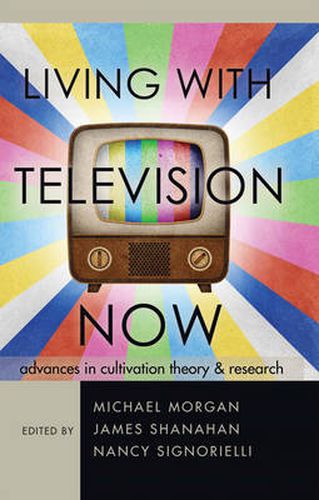Readings Newsletter
Become a Readings Member to make your shopping experience even easier.
Sign in or sign up for free!
You’re not far away from qualifying for FREE standard shipping within Australia
You’ve qualified for FREE standard shipping within Australia
The cart is loading…






George Gerbner’s cultivation theory provides a framework for the analysis of relationships between television viewing and attitudes and beliefs about the world. Since the 1970s, cultivation analysis has been a lens through which to examine television’s contributions to conceptions of violence, sex roles, political attitudes and numerous other phenomena. Hundreds of studies during this time have (mostly) found that there are relationships between television exposure and people’s worldviews, but important questions remain: just how big are these relationships, are they real, are some people more vulnerable to them than others, do they vary across different topics, and will we continue to find them in new media environments?
In this collection of nineteen chapters, leading scholars review and assess the most significant developments in cultivation research in the past ten years. The book highlights cutting-edge research related to these questions and surveys important recent advances in this evolving body of work. The contributors point us toward new directions and fresh challenges for cultivation theory and research in the future.
$9.00 standard shipping within Australia
FREE standard shipping within Australia for orders over $100.00
Express & International shipping calculated at checkout
George Gerbner’s cultivation theory provides a framework for the analysis of relationships between television viewing and attitudes and beliefs about the world. Since the 1970s, cultivation analysis has been a lens through which to examine television’s contributions to conceptions of violence, sex roles, political attitudes and numerous other phenomena. Hundreds of studies during this time have (mostly) found that there are relationships between television exposure and people’s worldviews, but important questions remain: just how big are these relationships, are they real, are some people more vulnerable to them than others, do they vary across different topics, and will we continue to find them in new media environments?
In this collection of nineteen chapters, leading scholars review and assess the most significant developments in cultivation research in the past ten years. The book highlights cutting-edge research related to these questions and surveys important recent advances in this evolving body of work. The contributors point us toward new directions and fresh challenges for cultivation theory and research in the future.